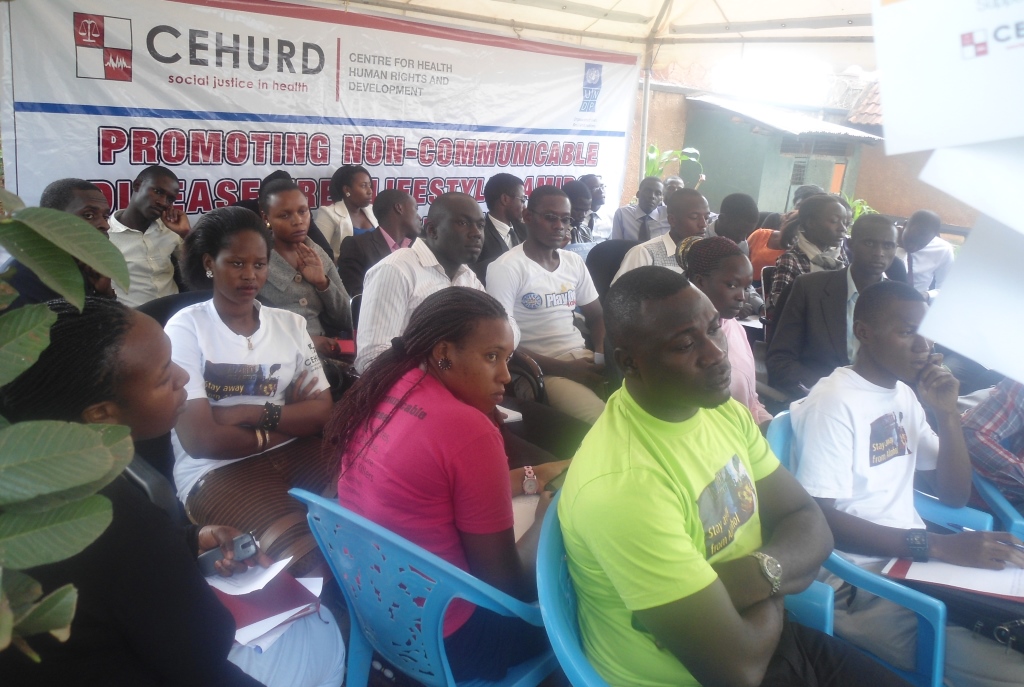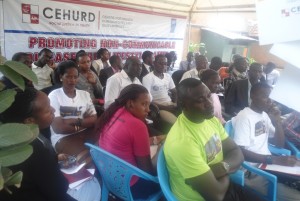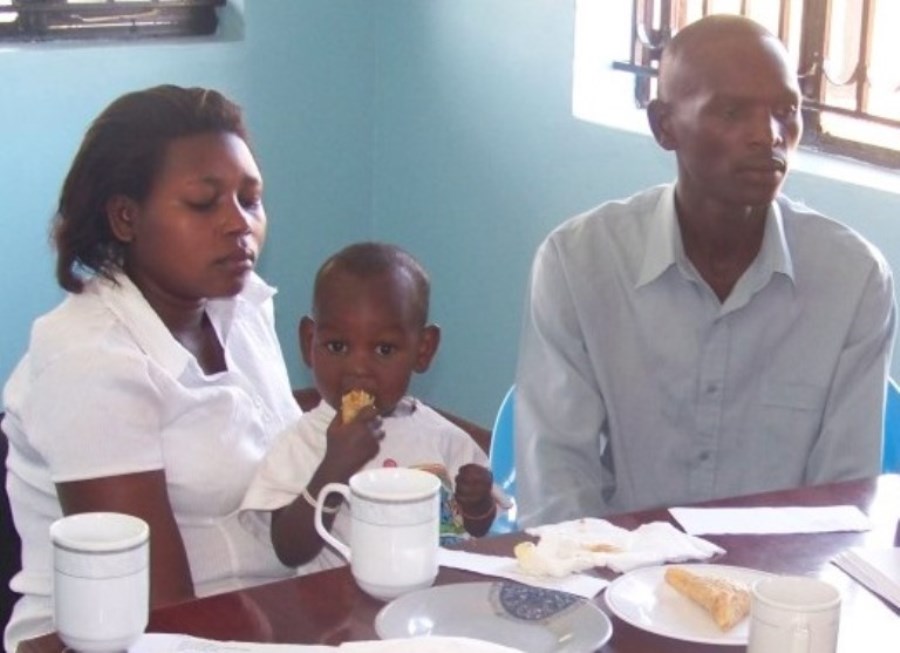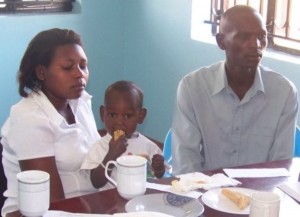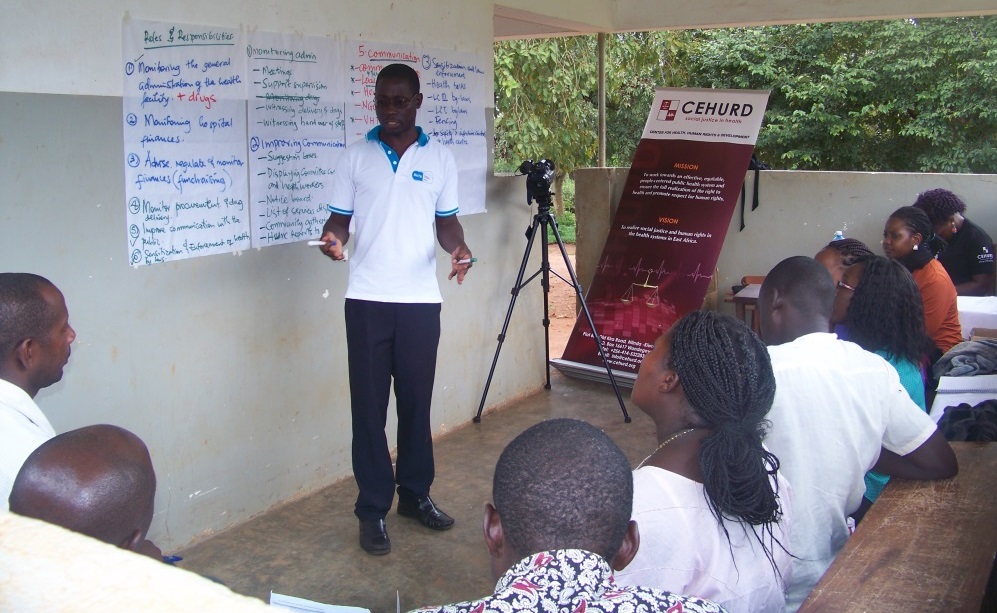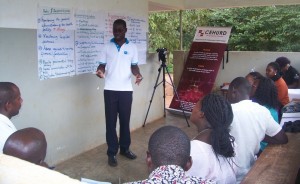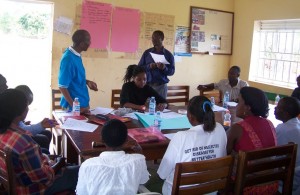By Nakibuuka Noor Musisi,
Until proper and well-coordinated systems are in place, safe delivery is likely to remain a dream in Uganda. When reports are made about child theft within health care systems, one can think they are just stories but the reality is true. Such happen. Many women have lost their new born babies in the health facilities; the cause of which is yet to be determined.
Just before the High court makes its pronunciation in a case instituted by CEHURD (CEHURD and others V. Executive Director of Mulago National Referral Hospital) on allegations of child theft, another case has again been reported of a lost child within the same health facility, and the only National referral Hospital, under similar circumstances.
Many questions remain unanswered when we see such happen in the country. Could this be the reason behind Uganda’s failure to achieve MDG 4 and 5? Why do children get lost in the facilities? Is it the system failure or it’s the problem of individual health workers that opt for money out of these new born babies? Will the maternal death rates be reduced at this rate of child theft? Are mothers safer to deliver in health facilities or within hands of traditional birth attendants? Such and many more remain unanswered.
It is indeed disturbing to see a mother who goes through the nine months of pregnancy suffer due to system failure.This was the case for Ms. Anyongire Lovis and Mr. Fred Sanyu. It is alleged that the couple was delivered of a beautiful brown fat bouncing baby girl on the night of 2nd January 2014. After a few minutes, the health workers took the baby away noting that she was ‘tired’. The demand to receive their child has since been in vain. They were only given a body of a dark skinned borny baby girl the following day and on refusal of that, another body that fits their description (of a brown fat baby girl) was given to them.
CEHURD has intervened in the matter, we have interviewed the family and hope to meet the administration of Mulago Hospital for further particulars as we collect evidence to institute a health and human rights related case on behalf of the family.
As we progress to advocate for safe motherhood and delivery, many factors have remained constant that ought to lead the country down. Its unfortunate that health facilities that are meant to be safe places for delivery are turning into a market place for new born babies. Such factors coupled with medicine stock outs, poor remuneration of health workers hinder and will continue to hinder safe delivery within the health care system unless addressed.

